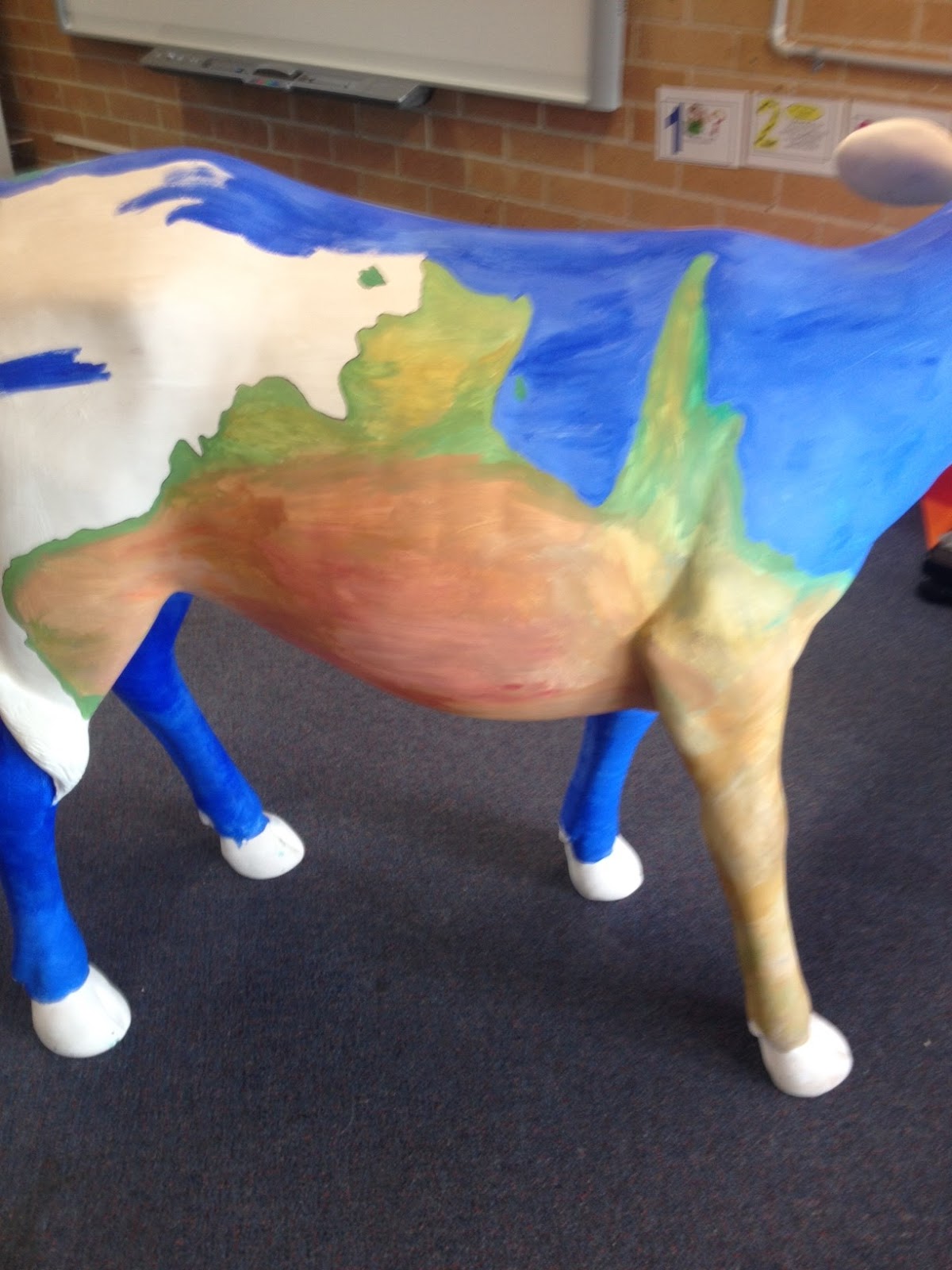azarakexperimental kitchen
Recently some of our Archibull team spent an afternoon with Shane Debnam head chef of Azarak Experimental Kitchen.
Not only is Shane and his team catering our launch party, but he also uses sustainable practices in his kitchen. We were lucky to interview him about his passion for food, low waste cooking and of course how he uses dairy in his kitchen.
What is Azarak experimental kitchen?
1 Azarak Experimental Kitchen, is a unique dining
experience, comprising of a 'pop up' restaurant, kitchen garden and locally
foraged ingredients. Azarak utilises the '50' principal- where ingredients are outsourced no further than 50km from our intended 'pop up'. Sustainability is a big factor at Azarak, so
is recycling, and ensuring the smallest
carbon foot print remains. We utilise classical and scientific approaches to
cuisine, employ light installations, auditory and visual displays, and invite
participation of diners to produce a unique dining experience surpassed by none
in the Illawarra.
Shane's children helping to forage ingredients for a 'pop up'experience
How do you reduce food waste?
The reduction of food waste
is ensued through careful planning, and precise ordering. As we are advised up
to two weeks out, we know our intended audience for the night, and will only
ever cater for this amount. Azarak composts before (preparation day), and after
the function night, in it’s own kitchen garden to reduce the amount of refuse
produced. Extensive recycling is also carried out; again, to reduce as much going
back into landfill.
The Azarak kitchen garden
How do you source your food?
Food is sourced through
local organic growers, foraged from the local area, or grown at the Azarak
Experimental Kitchen Garden.
Produce sourced from the Azarak kitchen garden
What are the benefits of foraging from the local environment?
The benefits of localised foraging is paramount to the mission statement of Azarak Experimental Kitchen- sustainability, cost effectiveness and minimising the impact of agricultural farming on the environment.
Head Chef Shane foraging for Warrigal greens
<!--[if !supportLists]-->
1. 
Lucerne flowers from the environment destined for an Azarak plate
How did you create the menu for our launch party? What was your inspiration?
Inspiration for the
Archibull menu was drawn from the local urban and suburban environment. We will
utilise localised foraging to enhance the menu items, paired with our unique
brand of approaching ingredients in a scientific, and classical manner.
Menu for Archibull launch
What do you like about using dairy foods in the kitchen?
The best part about using
dairy is the versatility of the core ingredient. Dairy encompasses milk,
cheeses, yoghurts, sorbets, gelatos, and beef itself. We also want to showcase
the local rural and urban environment, with sustainable foraging, pairing it
with the best in handmade yoghurts, soft curd and sorbet.
Some of the fabulous desserts created using locally sourced dairy products
Do you have any surprises for our launch party?
<!--[if !supportLists]-->1. Those who have dined at Azarak will know we are
always about surprises, and for the Archibull, we are surprises abound. We will
be charging yoghurt with NO2, churning a milk sorbet with dry ice, smoking milk
with hay, steeping milk in straw and souring it to make a soft curd, and
wrapping beef in pastoral lucerne, and cooking it sous vide for six hours at
53’c. Like I said; Azarak is always about surprises.
We would like to extend our warmest thanks to Shane for his involvement with our Archibull Launch. Not only will we be eating some fabulous and innovative food, but we know that it will be sustainability sourced with a low carbon foot print.
If you would like to check out Azarak Experimental Kitchen on Facebook, please follow the link below. Don't forget to like their page!


































.JPG)
.JPG)












.JPG)